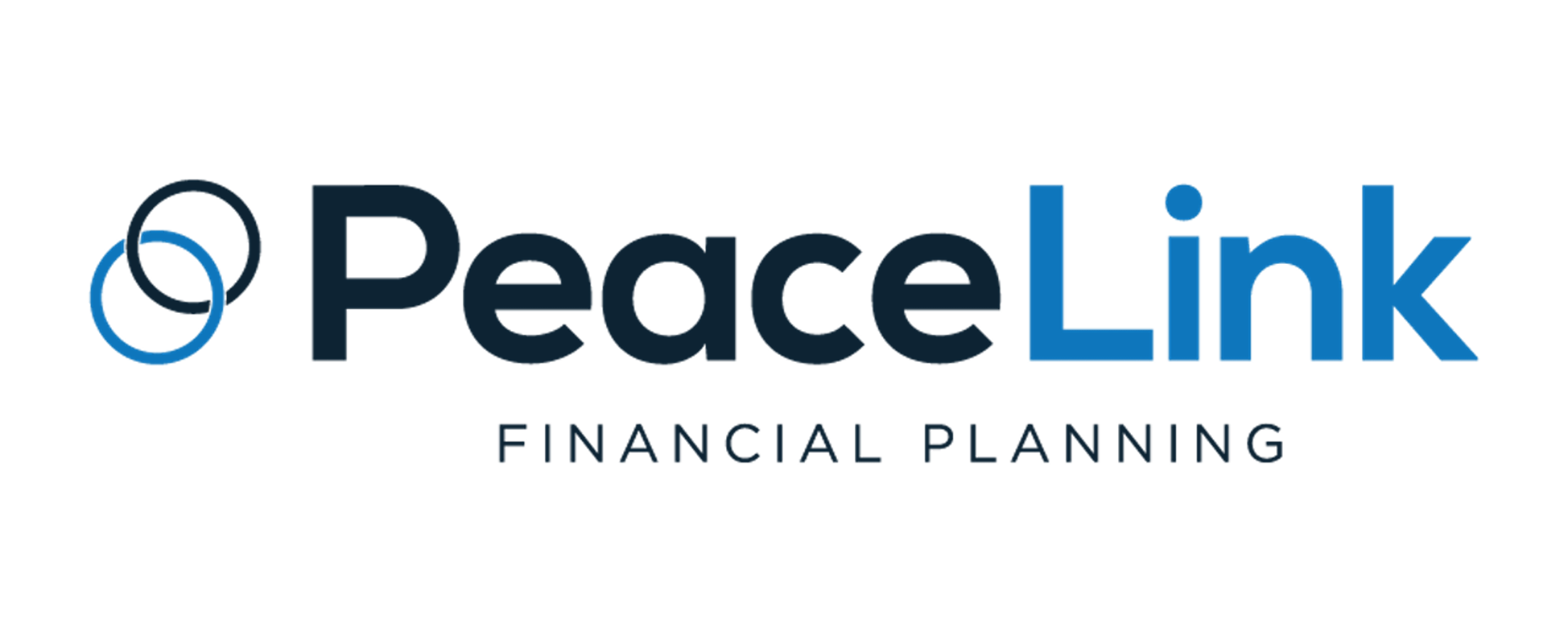
Share this Post
What is Reverse Budgeting, and Is It Right for You?
What is Reverse Budgeting, and Is It Right for You?
Managing finances as a realtor or business owner can feel unpredictable, especially with fluctuating income. Traditional budgeting methods often don’t work well for commission-based professionals. That’s where Reverse Budgeting and the 50/30/20 cash flow strategy come in—helping you build financial success without micromanaging every dollar.
What Is Reverse Budgeting?
Unlike traditional budgeting, where you allocate money to different categories first, reverse budgeting prioritizes saving and investing upfront. Instead of focusing on expenses, you start by setting aside money for financial goals, then spend what's left.
Step 1: Identify how much you need to save for financial goals (retirement, investments, emergency fund)
Step 2: Automate savings before spending on other expenses
Step 3: Spend freely within the remaining budget
This method is especially ideal for realtors and business owners with irregular income—ensuring that savings and long-term financial goals come first. However, it’s crucial to implement this strategy after accounting for taxes and essential business expenses. Since self-employed professionals often have tax obligations and business costs that fluctuate, setting aside the necessary funds for taxes and operational needs first ensures that savings and spending decisions are made from net income, not gross revenue.
50/30/20 Cash Flow Structuring for Realtors & Business Owners
Once your savings are prioritized, structuring your remaining income using the 50/30/20 rule helps balance lifestyle and financial security.
50% Needs: Mortgage, utilities, insurance, essential business expenses
30% Wants: Travel, dining, entertainment
20% Savings & Debt Repayment: Retirement accounts, investment portfolios, paying down debt
For commission-based professionals, adjust the percentages in high-income months to boost savings while ensuring you have a reserve for lower-income months. Since taxes and business expenses have already been deducted, this system allows you to distribute your take-home pay in a way that aligns with both personal and financial priorities.
Why This Strategy Works for Realtors & Business Owners
Eliminates Guesswork – Reverse budgeting ensures financial success by making savings automatic
Flexible for Variable Income – The 50/30/20 rule can be adjusted based on earnings
Supports Long-Term Wealth Building – By focusing on financial planning for business owners, it helps maintain stability through market fluctuations
Final Thoughts: Take Control of Your Financial Future
Reverse budgeting and the 50/30/20 rule provide a solid foundation, but the best financial plan is one tailored to your unique goals. By ensuring that taxes and business expenses are covered first, you can confidently implement this strategy using your true take-home income. If you’d like to discuss how to integrate these methods into your financial plan, schedule a time to chat with our team. We’ll help you create a system that works for your business, lifestyle, and future financial security.
